Most readers of this website will have heard of Lido’s resurrection at Sand Valley, the triumphant return of C.B. Macdonald’s Lido Golf Club. Originally, Lido Golf Club was set on the shores of the Atlantic Ocean on Long Island, but a slew of problems eventually meant that Lido’s demise was imminent. In 2023, Lido will reopen its doors thanks to Tom Doak and his crew, although a handful of states to the west of New York in Wisconsin. Why the return of a golf course? Why not build a new golf course, rather than re-creating an old one? As written by Bernard Darwin, one of the most acclaimed golf writers ever, Lido’s reputation put it up against Pine Valley and St. Andrew’s. In his writings, he boasted that Lido is the world’s best golf course, and as a result, its reputation from yesteryear carried it to resurrection roughly a century later.

If Lido can come back, what else can? Is Lido’s precedent going to change the outcome of golf design? Are there designs worth restoring? I venture Canada has one in Bowness Golf & Country Club in Calgary.
Bowness was the vision of lawyer John Hextall, who springboarded from his family’s wealth as silk merchants to help establish himself as a prominent businessman in Calgary upon moving in 1908. About 10 kilometres from downtown Calgary to the west, Bowness benefitted from the Bow River, views of downtown (although likely not as beautiful as the views are now), and the Rocky Mountains to the west. The property heavily relied on the foothills coming off the Rocky Mountains, showing positive signs for golf with a hilly site void of trees.
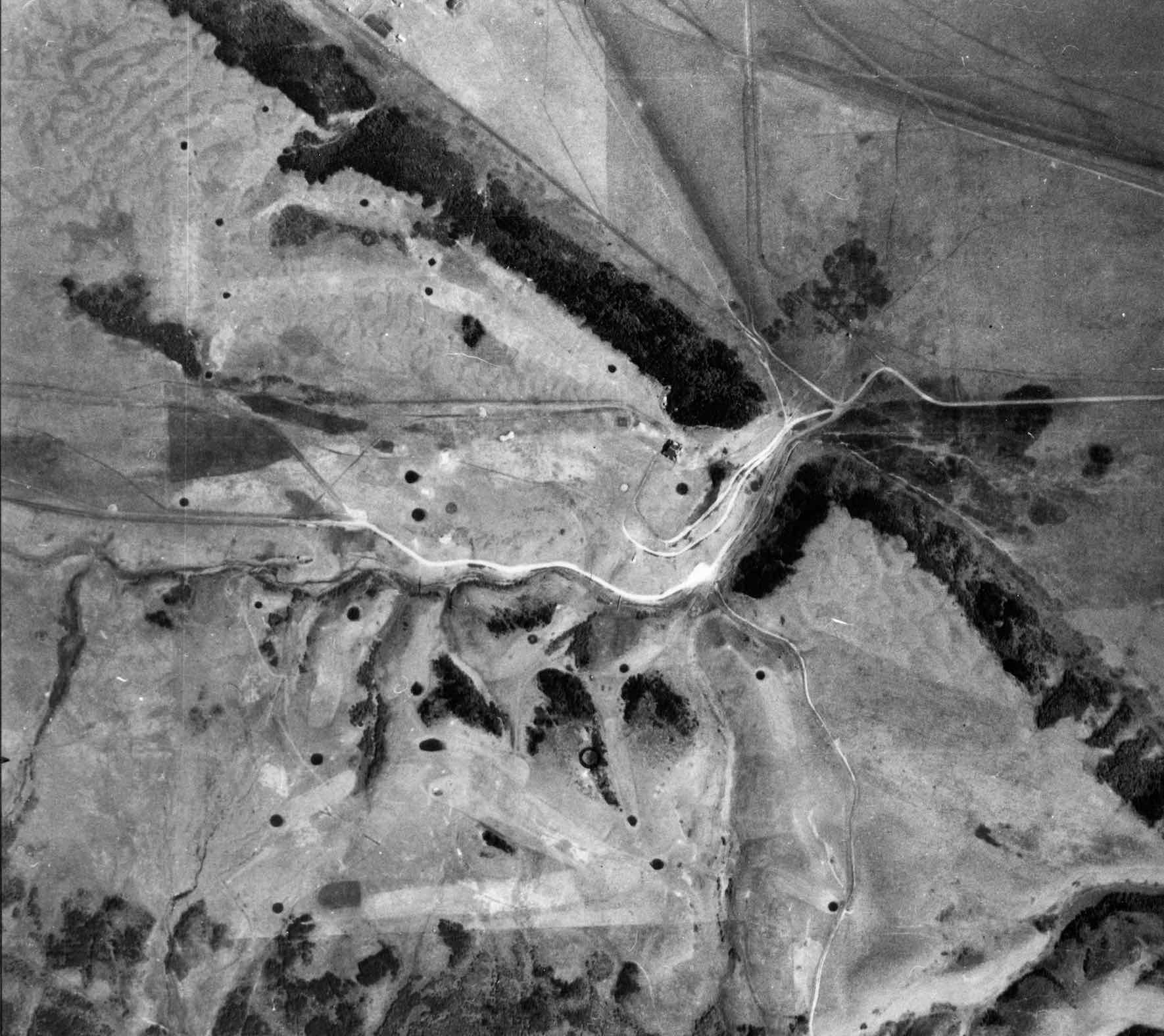
Bowness is the furthest west H.S. Colt design known, and one of five or six he touched in Canada. For those with a keen eye, Colt is the name behind Hamilton and Toronto Golf Club, both ranking inside Canada’s top 10, and numerous worldwide top 100 golf courses like Muirfield in Scotland and Pine Valley in New Jersey. And like Lido, there were issues from the get-go.
Long, sprawling views between Bowness and the actual city of Calgary were marvellous, but without a way to get between the two, a deal had to be struck with the city of Calgary to get people out to the area. Sure, you could get to Bowness via Banff Road (now 24th Ave Northwest), but the road was not exactly conducive to getting people to the area. If the vision for Bowness was a subdivision with a world-class golf course, this needed to change. As a result, Huxtall built a bridge (now a part of 16th Ave Northwest, or the Trans-Canada Highway) and donated it to the City of Calgary in exchange for the city’s streetcars route being out to Bowness.
H.S. Colt, the well known golf course architect, is laying out the course which will lie along the wooded hills rising out of the Bow Valley to the southward. Special care is to be taken with the green. They will all be laid on a foundation of gravel, then soil, and then the grass seed. This will ensure perfect drainage. […] Bowness itself is one of the beauty spots of Calgary. There one gets a combination of woodland, hill, and water which is rare even in western Canada. That the people of Calgary appreciate the beauties of the place is evident from the fact that a large number of prominent residents of the city have expressed their intention of building there this fall or spring Calgary Herald, August 30, 1913
Colt’s golf course opened nearly a decade after Huxtall’s initial land acquisition without bunkers. While not a big deal—Weston, a popular west end Toronto club from Willie Park Jr. opened with no bunkers—it was the first in a long line of issues with the golf course’s completion, including the greens, which never saw grass seed and instead, featured sand greens (unlike what was a major marketing bonus for Bowness). Additionally, Huxtall’s death in 1914, three years prior to Bowness opening in 1917, brought on debt owed to creditors and various investors, jeopardizing the future of the golf course. As we know now, Bowness did open, but not to the full extent promised in advertisements. By 1934, most of Colt’s golf course had been modified by either Willie Park Jr during his visit for Calgary Golf & Country Club (1922) and Calgary St. Andrew’s, or a so-called Mr. Patrick, who renovated the golf course in 1934 with a re-routing and some other changes. In 1936, the club entered receivership, and in 1963, the club reduced to just nine holes with the expansion of the Trans-Canada Highway. By 1988, the Calgary Olympic Park had officially decommissioned to make room for the ’88 Winter Games.
Writings suggest that Bowness was quite a strong golf course, especially in comparison to the golf courses in the prairies at the time. Bowness opened in 1917, predating Jasper (1924), Banff (1927), Royal Mayfair (1923), The Ross trio in Winnipeg (1919), and more. Back in the day, Bowness was the pinnacle in golf architecture, like Toronto and Hamilton in the east, and Royal Colwood in the way west. For those who have ever driven the Trans-Canada to Banff, you have driven right through the middle of the golf course. Where Calgary Olympic Park is today is where the majority of the golf course was, with the Trans-Canada cutting directly though the golf course (Notably, the 4th, 14th, and 18th). For those who have been to the property, you know how exciting that would be as a golf course. For those who have not been, Colt’s routing playfully danced between the prairie fingers, with gully’s or canyons at the bottom. In comparison, the prairie coulees (a local term for badlands, essentially) acted as if Colt was routing a golf course at Cape Kidnappers—they feature a similar defining characteristic.
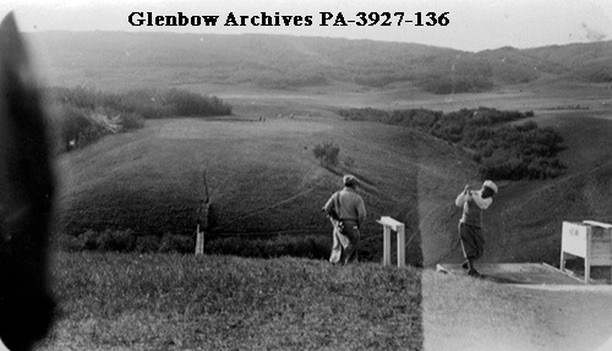

As mentioned, Colt’s routing is quite impressive at Bowness. His routing effortlessly finds the high points of the property and uses the canyons in various ways. On holes like 3rd, 6th, and 15th, the prospect of tumbling down into one of the canyons with a mishit is ever-present on either side of the fairway. On the 5th, 7th, 10th, 14th, 17th, and 18th, a carry over the canyons, either on the tee shot or approach (or perhaps the same thing on the par 3’s). The stupendous par 4, 4th combines all elements: a forced carry over the canyon, with the prospect of carnage left or right made for a dramatic hole, yet the reprieve at holes like the 8th, 11th, 13th, and 16th make for a complete golf course from start to finish. It was a hard golf course with a course record of just 70 (-1) for the first five years, although Colt’s routing and decisions made the course balance nicely between difficult, and generous. Additionally, Calgary is generally considered a windy city, and certainly true: Calgary is the windiest of the major eight centres in Canada, and the third-windiest place in Canada, only behind St. Johns on the east coast, and Lethbridge two hours south. As such, Colt’s routing perfectly plays into the predominant winds from the west.

| 1. 400 yards, par 4 | 7. 215 yards, par 3 | 13. 360 yards, par 4 |
| 2. 400 yards, par 4 | 8. 550 yards, par 5 | 14. 200 yards, par 3 |
| 3. 475 yards, par 5 | 9. 335 yards, par 4 | 15. 270 yards, par 4 |
| 4. 350 yards, par 4 | 10. 300 yards, par 4 | 16. 370 yards, par 4 |
| 5. 185 yards, par 3 | 11. 600 yards, par 5 | 17. 225 yards, par 3 |
| 6. 300 yards, par 4 | 12. 300 yards, par 4 | 18. 325 yards, par 4 |
| OUT: 3,210 yards, par 36 | ||
| IN: 2,950 yards, par 35 | ||
| TOTAL: 6,160 yards, par 71 |
To many, The Bowness Golf Club enjoys the most beautiful location of any of the Calgary clubs. Sitting high on the hill above the Bowness flats, with mountains to the west and wooded hills above, it certainly gives a person a feeling of exhilaration Calgary Herald, May 31, 1930
After an abrasive start on the long opening two par 4’s heading west, the golfer gets a reprieve on the shorter par 5, 3rd heading east. The insanely long par 5, 11th by classic standards (deemed the “longest hole of its kind in Canada” by the Calgary Herald) heads directly east, while the 10th and 16th head east. Truthfully, very little of the routing actually heads directly in to the wind, a testament to Colt’s knowledge as an architect. Holes like the 5th, 9th, and 17th tackle the wind in different directions, while the 4th, 13th, and 15th handle a crosswind. The variety is astonishing, and at almost 6200 yards, you need it. Long for classic standards (even long for today’s standards when factoring in the advances of technology), Colt loved to build them long (Hamilton opened in 1915 at over 6,300 yards) but heavily relied on variety in how golfers attack both natural elements, and the natural terrain to provide interest.

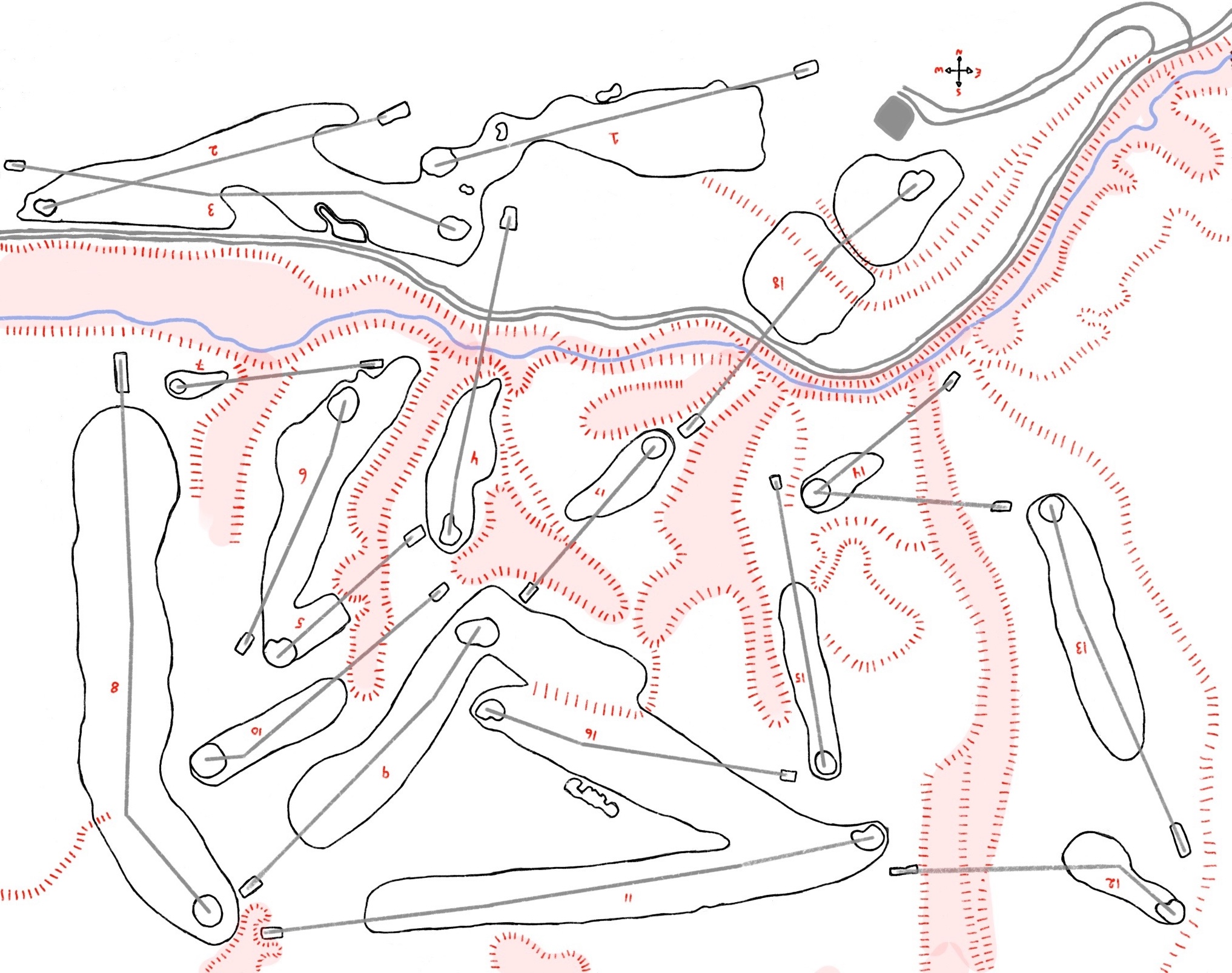
As shown in the two aerials, Bowness actually opened with two golf courses: one eighteen hole golf course, and one nine hole “ladies” golf course. This was a popular design trait during the early 1900s; at both Hamilton and Toronto, Colt planned a Ladies Nine, although only Hamilton ended up completing theirs (Toronto’s was extremely ambitious over the Etobicoke Creek). In both aerials, the Ladies nine is on the clubhouse side of the ridge, closest to the Bow River on the north.
Perhaps one thing we are forgetting about Lido, and how it can successfully be re-created, is the property was essentially flat. Set on the Atlantic Ocean, the total rise/fall in feet was minimal compared to Bowness. As such, the possibility of re-creating the golf course became easier to conceptualize as any defining features came from the architecture itself and not the land the golf course sat on. At Bowness, that is not necessarily the case. The prairie fingers draped on top of canyons and gully’s at the bottom are incredibly unique to the site, and truthfully, could be difficult to re-create. But hey, at Sand Valley, they re-created the Atlantic Ocean (of sorts)… so why not re-create a prairie landscape? Anything is possible.
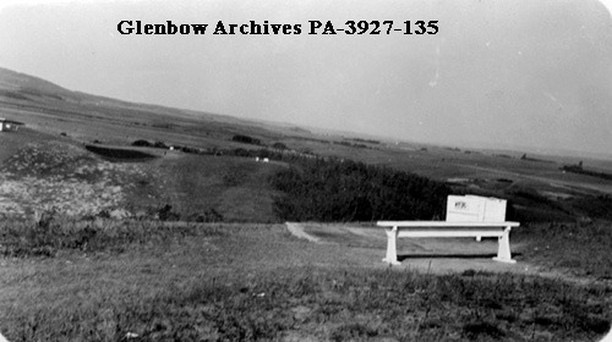
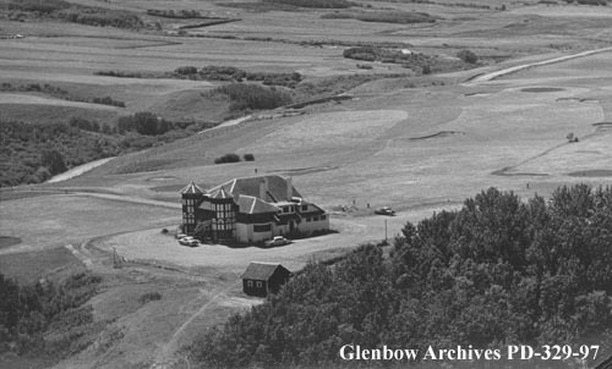
If Flat Land Is a Precursor
If we do say flat land is a precursor to the success of re-creating golf courses, then Bowness is out, though that is far and away the number one choice in my mind. However, I think there is another great Colt candidate in Canada… Royal Montreal’s South Course, Dorval
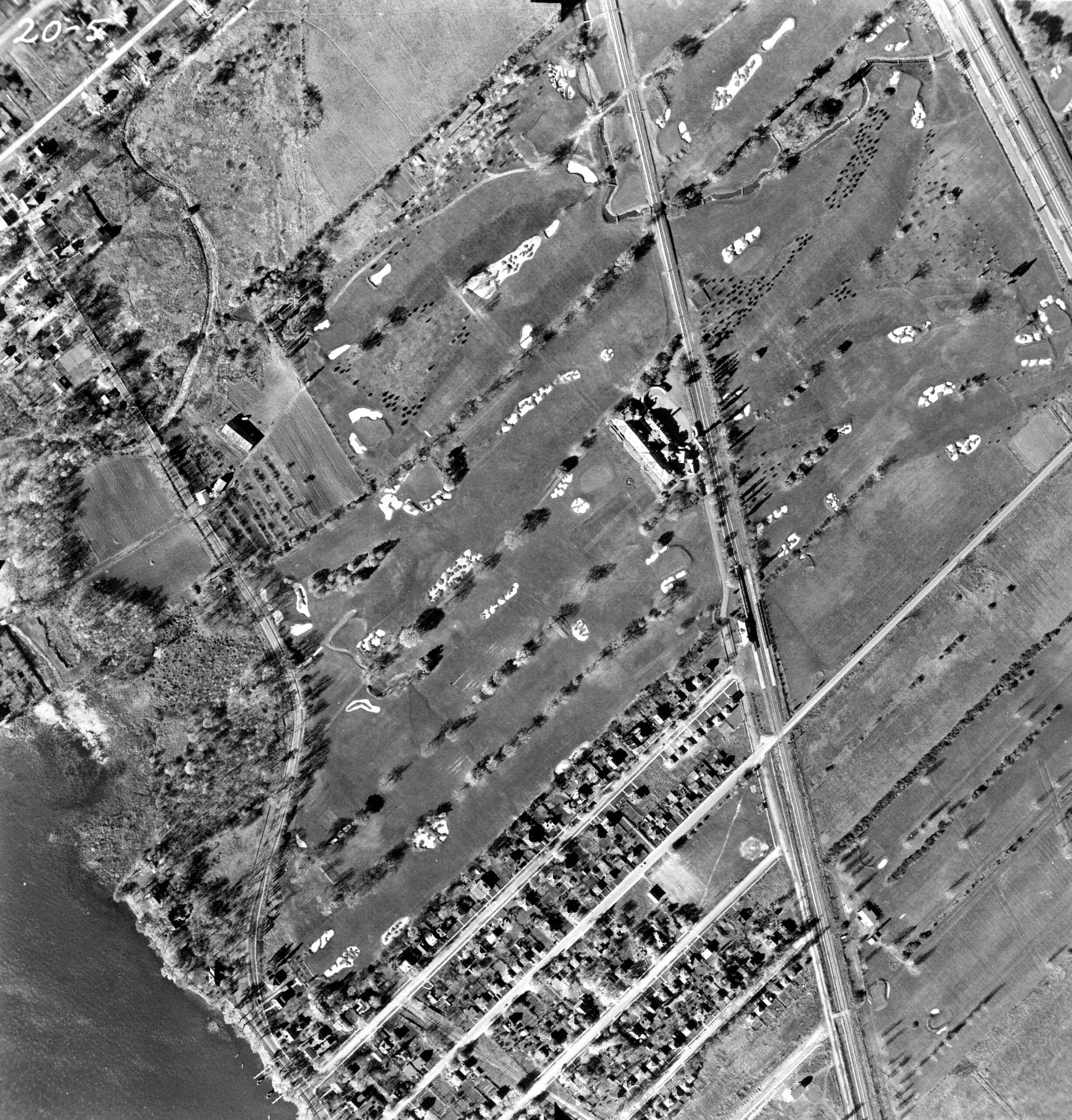
No, not the Blue or the Red (though they bring various merits to the Canadian golf landscape as is), but the South course in Dorval. At one point, this Willie Dunn, H.S. Colt, Willie Park Jr., and Charles Murray design was among Canada’s absolute best golf courses, and likely in the discussion for Canada’s single best golf course (that is, until Toronto Golf Club and Royal Colwood came along in 1911 and 1913, respectively).
Dorval is generally fairly flat, and like Lido, the interesting features found at Royal Montreal’s South course are a product of the architecture, not the property. Holes like the par 4, 11th, crossing the railway and playing to a green tucked into a small little nook between the creek would still be among one of Canada’s most interesting—and difficult—holes even in 2022. Likewise for the famous fourth (below), playing to a green backed by the railway, and fronted by the same creek.
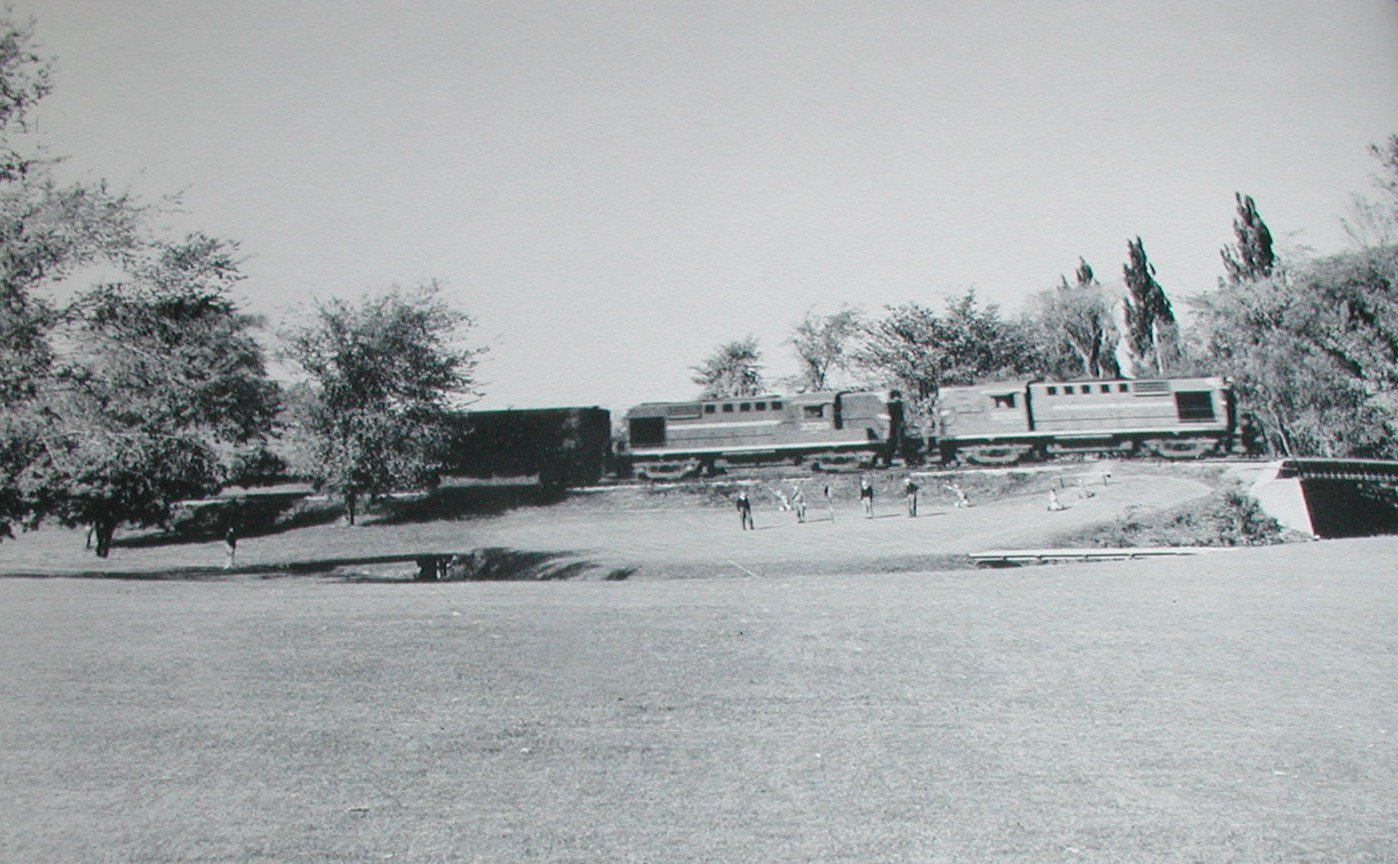
As a result of the rapid expansion of the city of Montreal, Royal Montreal moved to Ile Bizard, the current location of the club, in the late 50s. To this day, the clubhouse remains as a private school on the south shore.
Unlike Royal Montreal, however, Lido benefitting from the Ocean. Would the famed Channel Hole be as noteworthy without the Atlantic Ocean on the right? Impossible to say, but it feels disingenuous to discount the effect an ocean can have on golf course rankings and our general perception on golf if it is oceanside (roughly half of the World Top 100 either plays directly on the ocean, or essentially is on the shore).
If Ocean is a Precursor
If having an Ocean is a precursor to becoming Lido-fied, then Jericho Beach in Vancouver makes the most sense.
Jericho Beach
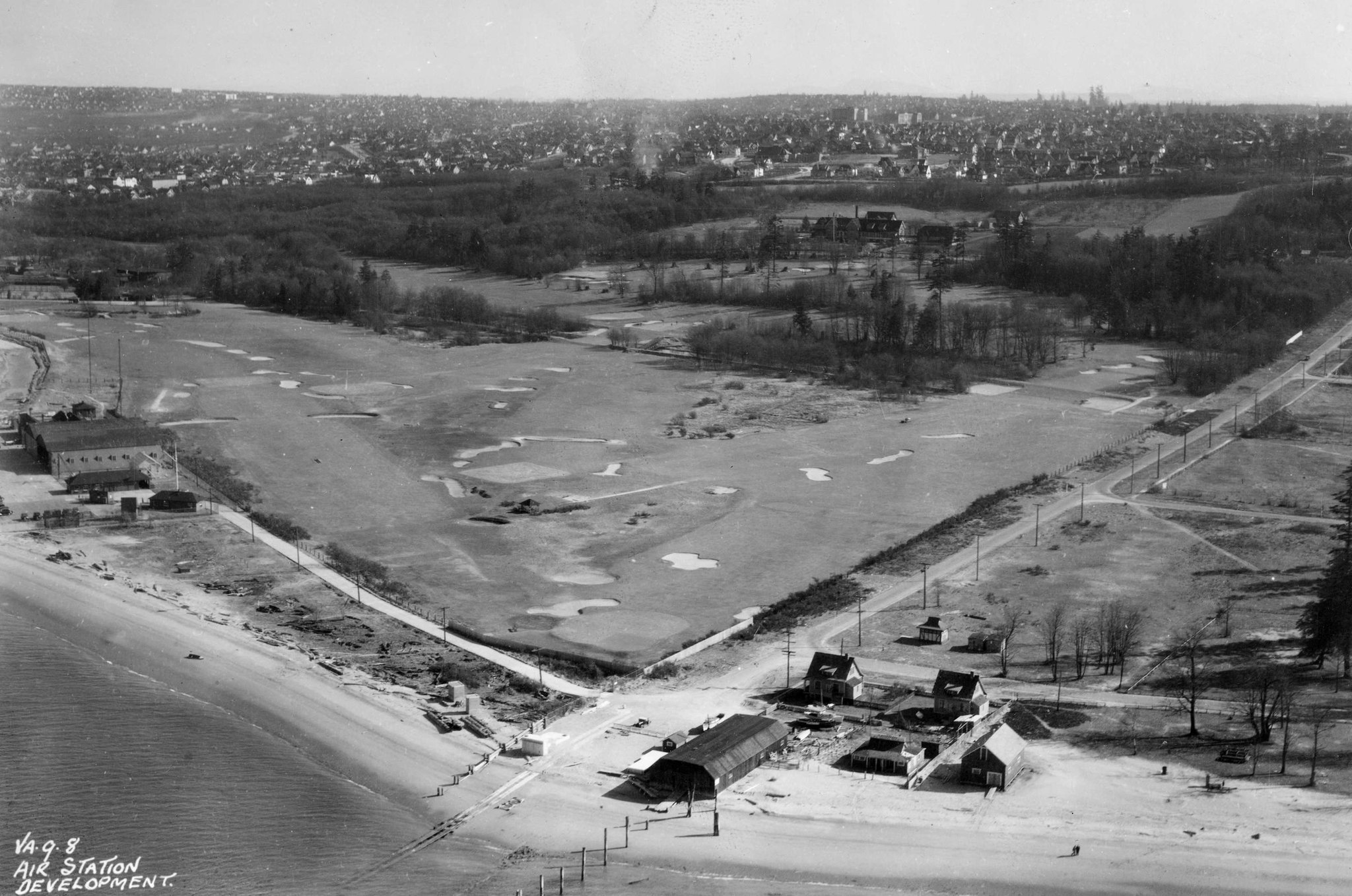
There is a decent argument that unlike Bowness and Royal Montreal, Jericho Beach fits the definition of “Canada’s Lido” better than either of those. Like Lido, Jericho Beach was a highly celebrated golf course on the coast, although on the Pacific Ocean in Vancouver, not the Atlantic of Long Island.
Jericho Beach was the first golf course in British Columbia, establishing itself in 1892 as a nine hole golf course. Alex Duthie, Jericho Beach’s first club professional, also laid out the golf course, who went on to design the current Vancouver Golf Club in Coquitlam (98th in Beyond The Contour‘s Top 100 golf courses in Canada). In 1924, as a result of the demand for golf in the city, Jericho Beach expanded to 18 holes. As evident in photos, a very links-like style of golf presented itself, with irregular shapes, and a low-profile presentation better suited for the ground game.
The golf course closed in 1942 as a result of the expansion of the Canadian Armed Forces, building an army and navy base on the golf course’s location during World War Two (ironically, also a part of Lido’s demise). Prior to the expropriation from the Federal Government, the golf course suffered from coastal storms, washing away on at least two-known instances. For those Vancouver residents, Jericho Beach and the surrounding area currently sits on top of the old golf course location.
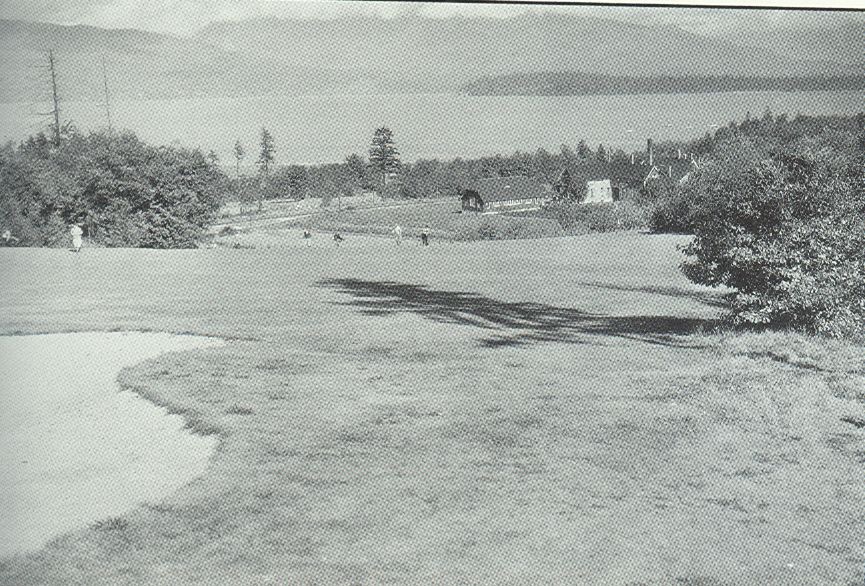

Perhaps one thing worth noting with the resurrection of Lido, is that the United States has done an exceptional job of restoring their golf courses to better improve their golfing landscape. A quick scroll through Golf Magazine‘s top 100 in the USA reveals only a handful of courses not yet restored. In fact, I count five yet to begin to restore to their original architecture: Augusta National, Pebbble Beach, Riviera, Bethpage’s Black course, Olympic’s Lake course, with Olympic set to undergo the Gil Hanse treatment within the decade (and worth noting, all host big-time events, a possible—and understandable–reason for not restoring). A quick scroll through this website’s top 100 reveals 18 of the bottom half’s classic courses yet to even ponder restoration, with Beaconsfield (Mingay/Fraser) and St. Charles (Urbina) currently restoring their golf course. That is without even diving into the top 50, which has a similar disproportionate mix of restored to non-restored.
The point being, The United States has walked the walk when it comes to restoration, so-much-so that they have moved on to pulling golf courses out of the literal grave like Lido. It is fun to discuss ‘What is Canada’s Lido’, especially when the quality is so high in these three golf courses. Even further, this is just scratching the surface; St. Andrews in Toronto (Thompson/Strong), Calgary St. Andrews (Park Jr.), Marlborough (Thompson), Prince Rupert (Thompson), Summerlea (Park), York Downs (Alison), Elm Ridge (Tillinghast) and more are a part of Canada’s golfing landscape, and while these are all exceptional, we need to do a better job of keeping up on the classic courses we have now that need restoration. When we restore the Devereux Emmet, the Herbert Strong’s, the countless Stanley Thompson’s, the Willie Park’s, Alison’s, Macan’s, and more, then maybe there’s a place for Bowness, Royal Montreal’s South course, and Jericho Beach. Until then, one can dream about how special these places were, and what we have left behind.
Thank you to Anthony Gholz Jr., both for his Golf Club Atlas article on the subject, his book, Colt & Alison in North America, and personal correspondence related to Bowness Golf & Country Club.






